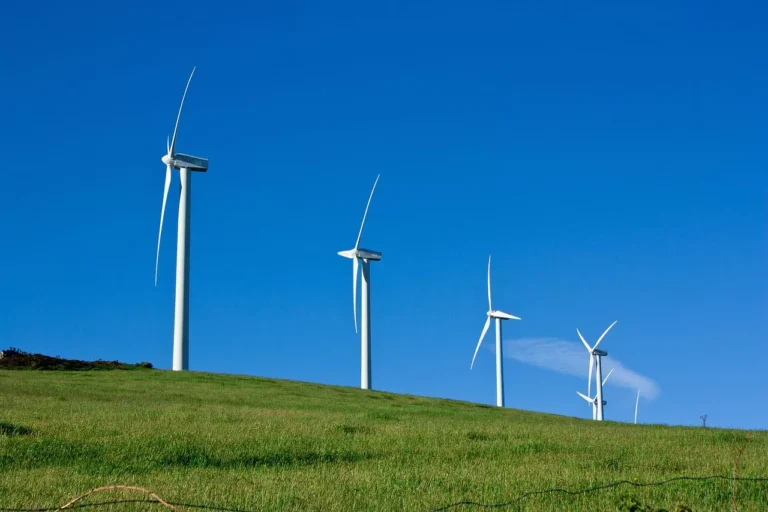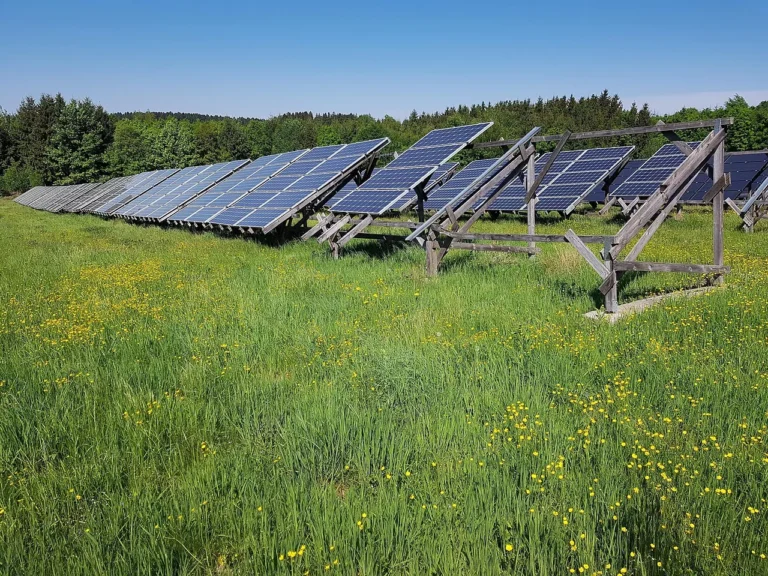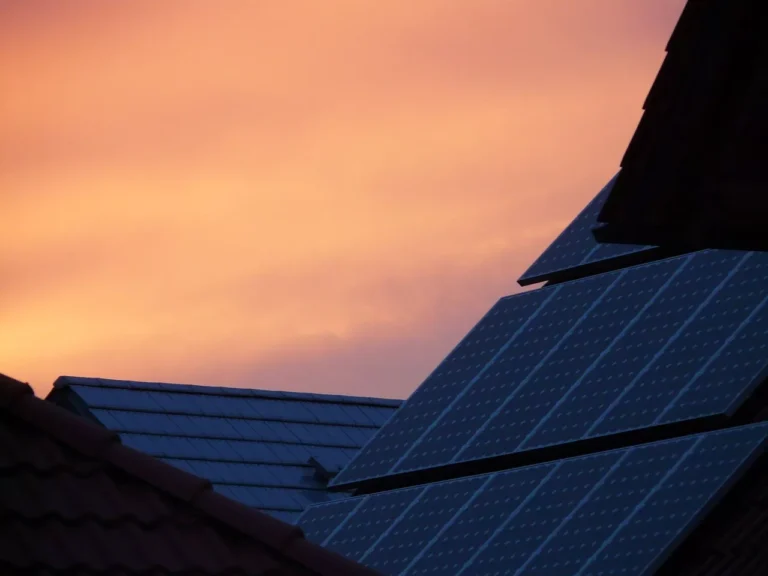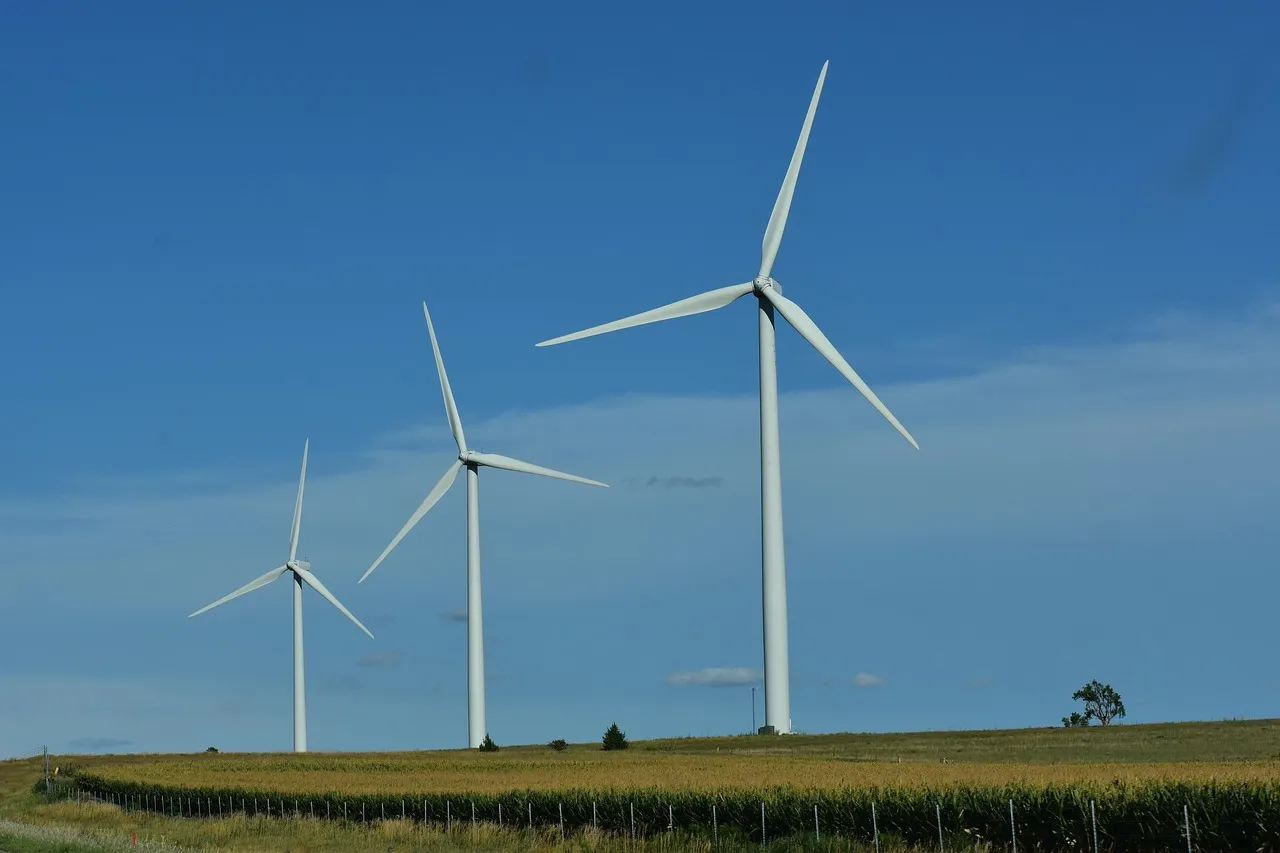
Federal Judge Allows Green Oceans’ Lawsuit Against Revolution Wind to Proceed
A legal battle over offshore wind energy development is gaining momentum as a federal judge has ruled that Green Oceans, an independent grassroots environmental organization, may move forward with its lawsuit against the construction of large-scale wind turbines off the coasts of Rhode Island and Massachusetts. The ruling by U.S. District Judge Royce C. Lamberth marks a significant moment in the ongoing debate over renewable energy projects and their environmental impact.
Legal Background and the Court’s Ruling
Green Oceans and a coalition of plaintiffs have challenged the Revolution Wind project, a major offshore wind farm initiative. The plaintiffs argue that the project poses significant threats to marine ecosystems, violates key federal environmental protection laws, and fails to meet statutory obligations necessary for its approval.
Revolution Wind, the developer of the project and an intervenor in the case, sought to have the lawsuit dismissed on the grounds that the plaintiffs lacked legal standing. The company argued that the plaintiffs had not demonstrated concrete harm and, therefore, had no right to sue. However, in a significant ruling, Judge Lamberth rejected this argument in large part, allowing six out of the nine claims to proceed.
In his decision, Judge Lamberth stated, “Plaintiffs may proceed to the next phase of litigation.” This ruling gives Green Oceans and its co-plaintiffs an opportunity to present evidence and arguments demonstrating how the government allegedly failed to adhere to key environmental laws when approving the project.
The Environmental and Legal Concerns Raised
According to Dr. Lisa Quattrocki Knight, president and co-founder of Green Oceans, the approval process for Revolution Wind disregarded multiple federal laws designed to protect the environment. These include:
- The Administrative Procedure Act (APA) – Governs the process by which federal agencies develop and issue regulations.
- The National Environmental Policy Act (NEPA) – Requires federal agencies to assess the environmental effects of their proposed actions prior to making decisions.
- The Endangered Species Act (ESA) – Provides protection to threatened and endangered plants and animals and their habitats.
- The Marine Mammal Protection Act (MMPA) – Prohibits the harassment, hunting, or killing of marine mammals.
- The National Historic Preservation Act (NHPA) – Seeks to preserve historical and archaeological sites.
- The Clean Water Act (CWA) – Regulates discharges of pollutants into the waters of the United States and quality standards for surface waters.
Dr. Quattrocki Knight emphasized that the lawsuit is not merely about opposing wind energy but ensuring that environmental protections are upheld and that large-scale projects undergo proper regulatory scrutiny.
The Revolution Wind Project: Scope and Environmental Concerns
The Revolution Wind project is a substantial offshore wind energy initiative designed to contribute to the renewable energy transition in the United States. The project involves the installation of 65 massive wind turbines, two offshore substations, inter-array cabling between the turbines, and an export cable. The turbines will be constructed approximately 15 miles east of Block Island and about 16 miles from Newport, Rhode Island, in an area known as Coxes Ledge—a region recognized for its ecological sensitivity and importance as a habitat for marine life.
Critics, including Green Oceans and local fishermen, have raised concerns about the impact of the project on marine ecosystems, particularly on fish populations and endangered species such as the North Atlantic right whale. Coxes Ledge is a known spawning ground for numerous fish species and an important migratory route for marine mammals. Opponents argue that the industrial-scale wind farm could disrupt these fragile ecosystems, displacing marine life and leading to unintended environmental consequences.
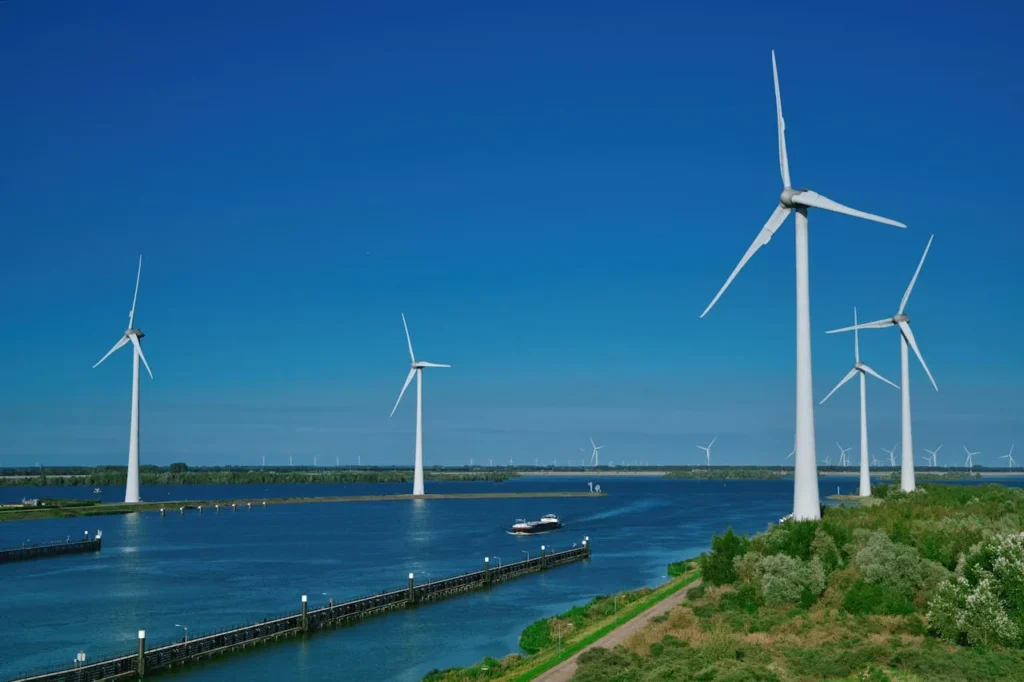
Challenges to the Legal Standing of Plaintiffs
Revolution Wind sought to dismiss the lawsuit on July 19, 2024, arguing that the plaintiffs could not prove that they had suffered actual harm and, therefore, lacked standing. In legal terms, standing requires that a plaintiff demonstrates they have suffered a concrete and particularized injury that can be addressed by the court.
While Judge Lamberth dismissed some claims due to insufficient standing, he ruled that nearly 40 plaintiffs, including a member of the Wampanoag Tribe of Gay Head (Aquinnah), had standing and could proceed with the case. The judge found that these plaintiffs had demonstrated a legitimate interest in the case, particularly those concerned with environmental, cultural, and economic impacts.
Dismissed Claims and Remaining Legal Avenues
Although Judge Lamberth upheld six of the claims brought by Green Oceans, he dismissed three, including those related to:
- The Migratory Bird Treaty Act (MBTA) – A federal law protecting migratory birds from harm.
- The Outer Continental Shelf Lands Act (OCSLA) – Governs the development of offshore energy resources.
- The Coastal Zone Management Act (CZMA) – Encourages coastal states to manage their coastal resources in a sustainable manner.
Despite these dismissals, Green Oceans and its legal team remain optimistic. They argue that the case presents a strong challenge to the federal government’s decision-making process in approving offshore wind projects without fully considering the potential environmental consequences.
Implications of the Ruling
This ruling is significant for multiple reasons. First, it underscores the ability of grassroots environmental organizations and concerned citizens to challenge large-scale energy projects in court. Second, it sets a precedent for future legal battles concerning offshore wind development, particularly as the U.S. government continues to expand renewable energy initiatives along the East Coast.
The decision also raises broader questions about how the nation balances its renewable energy goals with environmental conservation efforts. While offshore wind is a critical component of the Biden administration’s clean energy strategy, opposition from environmental groups and local communities highlights the complexities involved in transitioning to sustainable energy sources.
Next Steps in the Litigation
With the case now moving forward, both sides will prepare for the next phase of litigation, which will likely involve additional hearings, expert testimonies, and detailed arguments regarding the project’s environmental impact. Green Oceans and its plaintiffs will seek to prove that the federal government’s approval of Revolution Wind was flawed and did not adequately consider the protections required under various environmental laws.
Revolution Wind, on the other hand, is expected to continue defending the project, arguing that it meets all regulatory requirements and represents a necessary step toward reducing carbon emissions and combating climate change.





